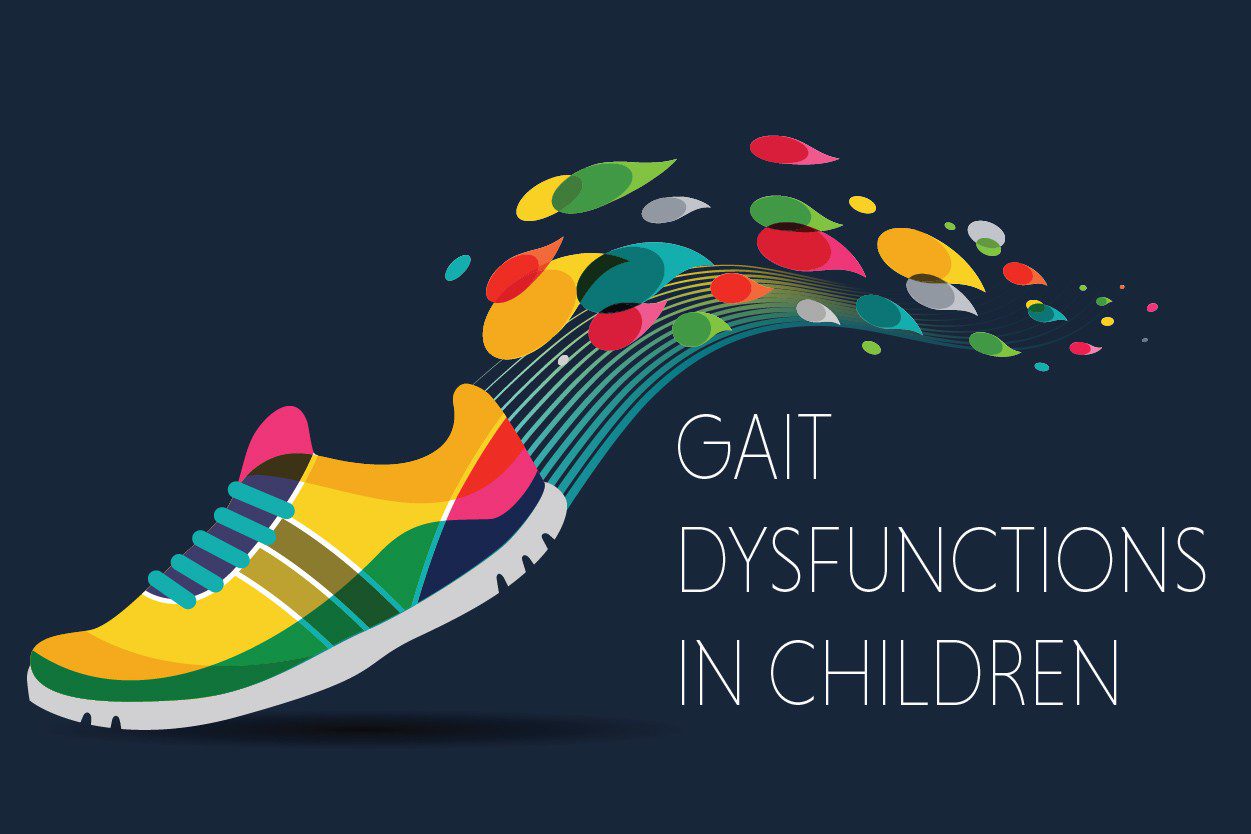Gait Dysfunctions in Children
There are a variety of gait dysfunctions that children present from the day they walk until elementary years. Most gait dysfunctions are common at a young age, and are part of the learning process of walking. The dysfunctions generally fade over time. If a gait dysfunction is still present in elementary years, it may require further evaluation, therapy, and possible surgery. Below are short descriptions of a few of the most common gait dysfunctions seen in children.
Flat Feet: Children usually display a gait pattern with flat feet up until age five, when the arch of the foot generally develops. If a child is born with metatarsus adductus, (a birth defect with inward bent upper feet) casts and therapies are applied to the feet to correct the problem.
Bowlegs and Knock Knees: Bowlegs or knock-knees in children may disappear as the child ages. This gait dysfunction is not specifically problematic in a neurological manner, but it may cause muscular deformations or issues down the road. It is important to practice tracking the knees (guiding the knee to be lined up with the second toe while walking) in order to correct this dysfunction.
In-toeing and Out-toeing: Feet pointed inward or outward are the most common gait dysfunctions seen in children. In many cases, this problem will correct itself over time.
Tibial Torsion: The torsion of the tibia (inward or outward) will most likely improve before the age of four, but may require surgery if the condition is still present when the child is between eight and 10 years old.
Femoral torsion: Torsion of the femur (inward or outward) will become evident around the age of five, but can improve without treatment. If the condition is severe around nine years of age and is paired with unstable gait, surgery may be necessary.
Toe- Walking: Toe walking is common among young children, but if a child is still walking on the tips of their toes around three years old, they may simply have tight muscles or a developmental neuromuscular disorder. It could also be a possible leg length imbalance.
In conclusion, there are a variety of gait dysfunctions that may appear in children of all ages. As a child ages, gait dysfunctions become a much more serious issue. It may be a symptom of more serious medical conditions or even require surgery. It is important to pay close attention to gait dysfunctions, but it is also important to decrease the amount of concern about a problem noticed in gait when a child is still young or just learning to walk. Abnormal gait is normal in young children, and is part of the learning process.
Interested in learning more about Gait Dysfunctions in Adults? Read our post, SIX Most Common Gait Dysfunctions and take our quiz! Or, download our FREE PDF on diagnosing a Gait Dysfunction.
